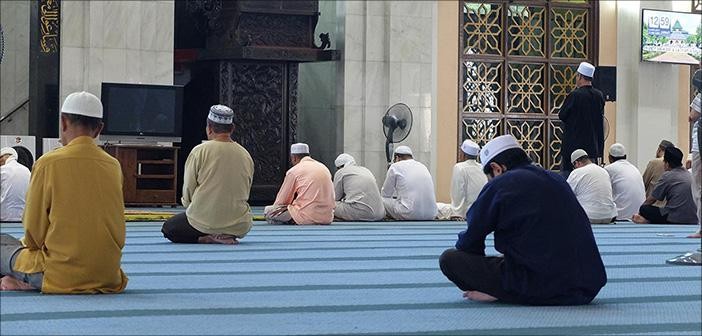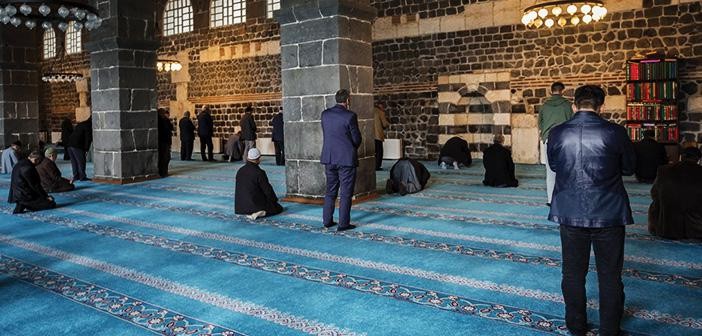
May The Prayers Be Established By Being Combined (Jam’)?
May the prayers be established by being combined (jam’)?
It is fardh for every Muslim, who has certain qualifications, to establish prayer five times a day. Each prayer is fardh to be established within its specified time. It is stated in the Holy Qur’an, “Regular prayers are enjoined on believers at stated times.” (Nisa, 4/103) In this respect, one needs to perform each prayer within its own time under normal conditions. However, if there is a valid excuse, one may perform prayers by combining them.
“Jam” means “to combine two prayers”, and refers to establishing dhuhr and ‘asr prayers in dhuhr’s or asr’s time, and establishing maghrib and ‘isha prayers in maghrib’s or ‘isha’s time together.
According to Hanafis, jam’ is permissible for pilgrims only. On the day of Arafah, ‘asr is established earlier within dhuhr’s time together with dhuhr prayer in Arafat by means of jam al-taqdim. Maghrib prayer of the same day is established within ‘isha’s time together with ‘isha prayer (jam al-takhir) in Muzdalifah. Except this, it is not permissible to establish prayers by combining them (Kasani, Bada’i, I, 127). According to other jurisprudential schools, (although there are some differences of opinion on some related issues) it is permissible to establish dhuhr and ‘asr or maghrib and ‘isha by jam al-taqdim or jam al-takhir due to excuses such as travel, rain, and storm. One of the evidences of this opinion is the narration from Ibn Abbas: “The Messenger of Allah combined dhuhr prayer with ‘asr and maghrib prayer with ‘isha prayer in the expedition to Tabuk.” (Muslim, Salat al-Musafirin, 51, 52, 53). Hanafis say that the jam mentioned in this hadith and similar hadiths was suri jam’ or jam’ in appearance (combination by establishing one prayer at the end of its time and the other at the beginning of its time) [Muwatta, Salat, 59 (Shayybani narrative); Tahawi, Sharh ma‘an al-asar, I, 162; Ibn Rushd, Bidayah, I, 173-174].
In the cases when there are important excuses, a Hanafi Muslim may perform the mentioned prayers by combining them by acting in accordance with the views of other schools. For example, one may establish dhuhr and ‘asr prayers and maghrib and ‘isha prayers with jam al-taqdim and jam al-takhir in obligatory or necessary conditions such as being on a journey, prayer time’s coinciding with an exam time, or a doctor’s missing prayer time while in an operation.
The person who will perform prayers by combining them establishes those prayers one after the other and by following their order; sunnah rakats between two fardhs are not performed, and one should not deal with anything else in between. Fardh cycles of dhuhr and ‘asr prayers are established in dhuhr or ‘asr prayer’s time, and fardhs of maghrib and ‘isha prayers are established in time of maghrib or ‘isha prayer one after the other without interruption. As fajr prayer cannot be combined with ‘isha nor with dhuhr, one cannot combine ‘asr and maghrib or ‘isha and fajr either.
Source: Presidency Of Religious Affairs The Turkey, High Board of Religious Affairs FATWAS






